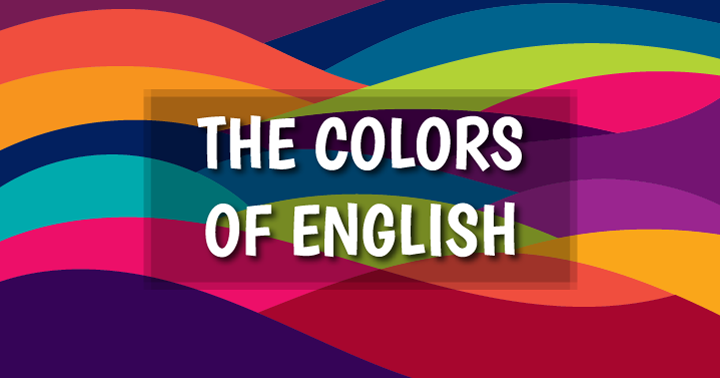Add color to your language and sound like a native speaker!
A primary means of describing any object is to talk about its color. It immediately paints an image of the object in the mind’s eye and allows for more creative expression during a dialogue. However, the real challenge is to go beyond the monotony of the reds, blues and yellows to really describe an object using a specific, nuanced color.
Make sure your English is red hot, with our quick guide to how colors are used in the English language, including examples and idioms so you get the picture.
1. “Color” and “Colour”
Both words mean the same thing, with the spelling depending on the country where it is written. “Color” is used in the United States, while “Colour” is used in most other English speaking countries (U.K., Australia, etc). In the same way, “gray” and “grey” describe the same color but are spelt differently based on the country where it is written.
2. Word Order with Colors
Colors are considered adjectives in the English language, as they are used to describe people or things. Color can therefore be used in sentences in different ways:
The color adjective goes before the verb. Example, “He drives a blue car”.
Color adjectives can be used in am/is/are sentences. Example, “The car is blue”.
3. Shades
Colors in English can be discussed based on their shade (or intensity), with “light” being the opposite of “dark”, and “bright” describing a color that is easy to see. The words “light”, “dark” and “bright” are placed before the color, for example:
“She has dark brown eyes.”
“Her bright pink lipstick doesn’t look good.”
Following is a list of shades for common colors:
Red – lilac, mauve, violet, purple, pink, magenta, scarlet, burgundy, crimson.
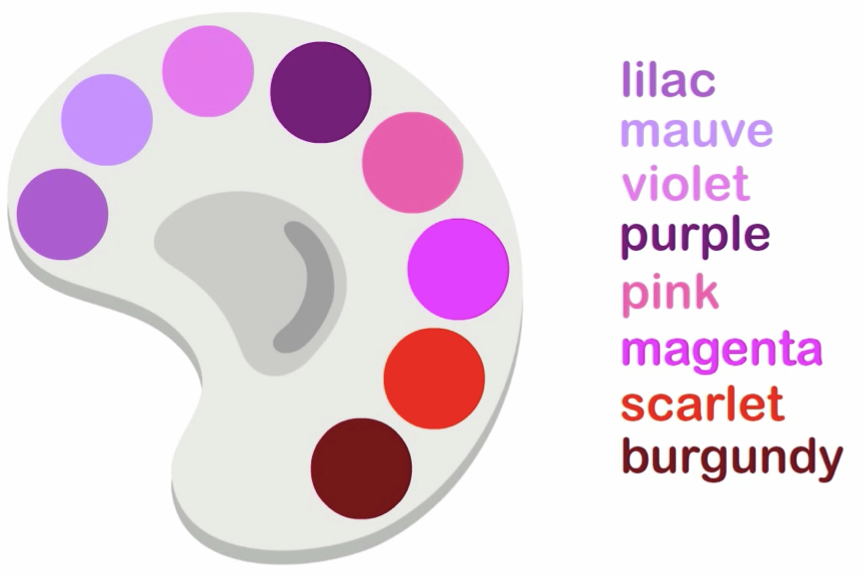
Blue – sky blue, azure, baby blue, cerulean, denim, indigo, navy, turquoise.
Green – emerald, sage, mint, citrus, cyan.
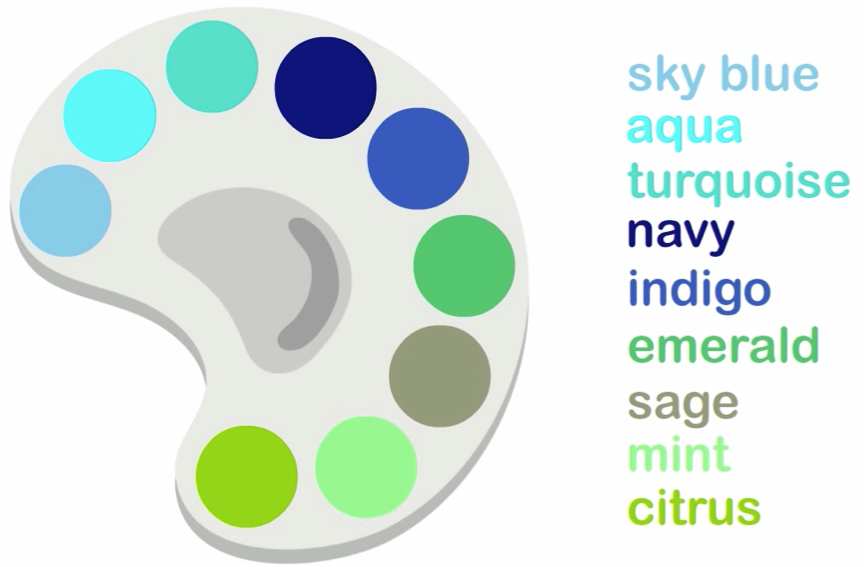
Black – silver, gold, slate grey, charcoal, jet black.
White – cream, beige, champagne, ivory.
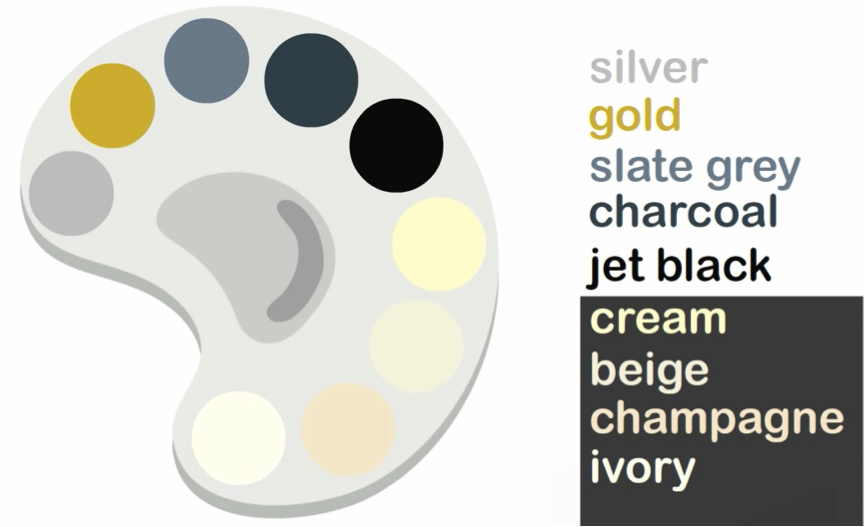
4. Colorful idioms
An idiom is a set phrase or an expression having a meaning not deducible from the individual words. Following is a list of common idiomatic expressions in the English language using colors:
Off-color – not feeling very well. Example: “I didn’t go to the gym last night as I was feeling a bit off-color”.
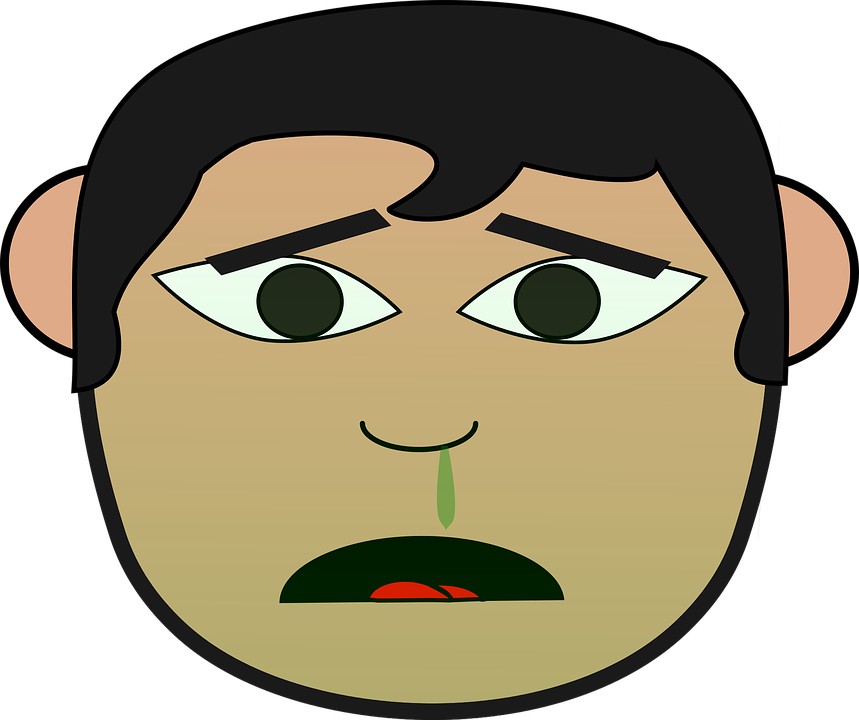
With flying colors – to pass something with excellent results.
Example: “He passed his exams with flying colors”.
Out of the blue – surprising and unexpected.
Example: “He arrived completely out of the blue. What a surprise”.
Green with envy – very jealous.
Example: “My friend is going to Paris. I’m green with envy!”

Gray area – something that is not clear.
Example: “The use of social media in our office is a bit of a gray area.”
White lie – a small lie to avoid hurting someone’s feelings.
Example: “I hated her present but told a white lie, because it was so sweet of her to remember my birthday.”
Tickled pink – really pleased about something.
Example: “I was tickled pink when I came first in the race.”
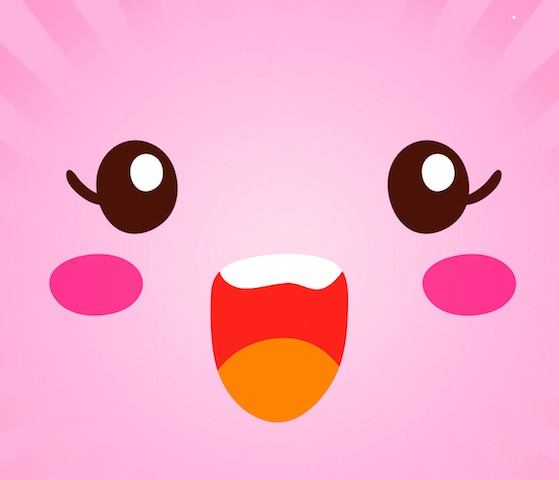
Golden opportunity – great chance to achieve something.
Example: “When the trip came up, it was a golden opportunity to practice my Spanish.”
Red hot – something that is new and exciting.
Example: “Come with us. This new band is red hot!”
To see red – to react with uncontrollable rage or anger.
Example: “When they lost my keys, I saw red.”

Hopefully, you will be tickled pink with your new words for colors in English! For more tips, check out 50 Very Useful Adjectives in English.
Andrie Steliou
Latest posts by Andrie Steliou (see all)
- 8 Ways to Help Keep Your Child Focused and Engaged in Online Learning - October 19, 2022
- How to Improve Social Intelligence Skills? - May 10, 2022
- How to Improve Organizational Skills at Workplace? - May 6, 2022

